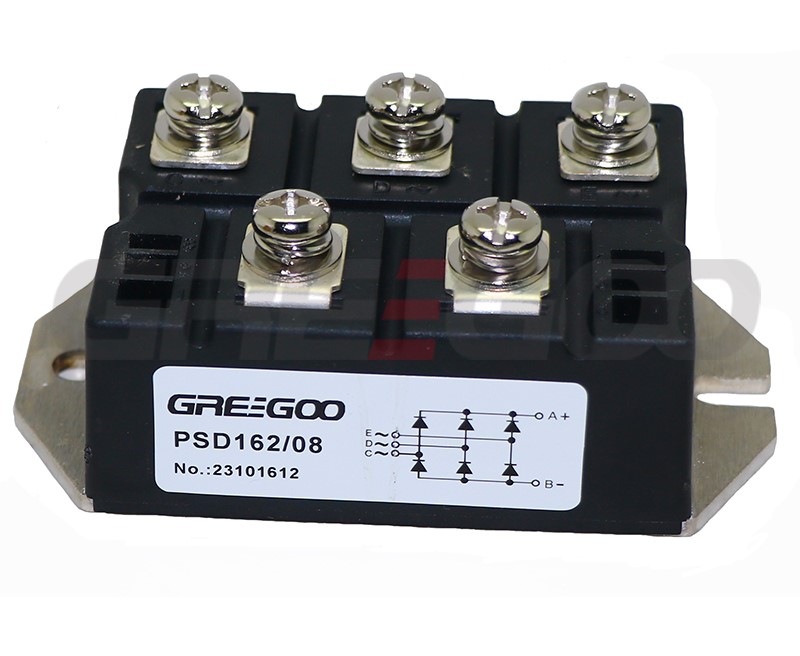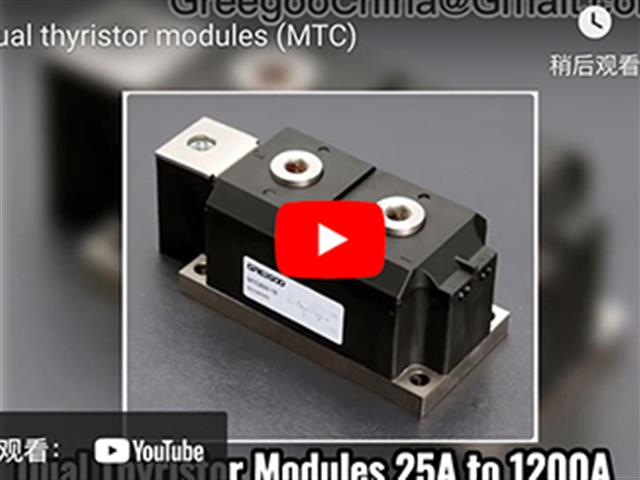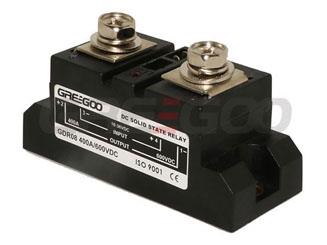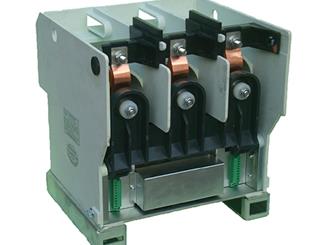Bridge Rectifier Modules, Diode Bridge Rectifiers
Robust plastic case with screw terminals, large, isolated base plate, blocking voltage up to 1800V, high surge currents,single phase bridge rectifier & three phase bridge rectifier, easy chassis mounting; widely used for three phase rectifiers for power supplies, input rectifiers for variable frequency drives, rectifiers for DC motor field supplies, battery charger rectifiers.
Differences Between Diode Bridge Modules and Bridge Rectifiers
Both a diode bridge module and a bridge rectifier serve the same fundamental purpose: converting alternating current (AC) to direct current (DC). However, there are some differences in their construction, packaging, and application contexts.
Bridge Rectifier
-
Definition:
- A bridge rectifier is a circuit configuration typically consisting of four diodes arranged in a bridge topology to convert AC to DC.
-
Components:
- It is usually constructed using individual diodes connected in a specific arrangement on a circuit board.
-
Packaging:
- Bridge rectifiers can be found in various packaging forms, including discrete components where each diode is separate, or as integrated units where all four diodes are encapsulated in a single package.
-
Applications:
- Commonly used in power supplies, battery charging circuits, and other applications requiring AC to DC conversion.
Diode Bridge Module
-
Definition:
- A diode bridge module is essentially a bridge rectifier but comes as a pre-assembled, integrated module that includes not just the diodes but also additional components such as heat sinks, protective elements, and sometimes even filtering components.
-
Components:
- It includes the four diodes arranged in a bridge configuration but may also integrate additional features for enhanced performance and protection.
-
Packaging:
- These modules are typically packaged in a more robust and often larger enclosure designed for higher power applications. They might include mounting holes for easy installation and may come with improved thermal management solutions.
-
Applications:
- Used in industrial applications, motor drives, high-power power supplies, and other scenarios where higher current and voltage ratings are required. They are designed for more demanding environments where reliability and durability are critical.

Key Difference
-
Construction:
- Bridge Rectifier: Often constructed using discrete diodes or as a single integrated package.
- Diode Bridge Module: A more comprehensive unit that may include additional components and features beyond just the diodes.
-
Packaging:
- Bridge Rectifier: Can be found in small, compact packages suitable for lower power applications.
- Diode Bridge Module: Typically larger, more robust, and designed for higher power applications with better thermal management.
-
Applications:
- Bridge Rectifier: Suitable for general-purpose AC to DC conversion in various electronic devices.
- Diode Bridge Module: Suitable for industrial and high-power applications where enhanced durability and performance are needed.
-
Ease of Use:
- Bridge Rectifier: May require additional components like heat sinks or protective elements depending on the application.
- Diode Bridge Module: Often comes as a ready-to-use unit with integrated features that simplify installation and improve reliability.
In summary, while both serve the same basic function of converting AC to DC, diode bridge modules are designed for more demanding applications with higher power requirements and often come with additional features that enhance their performance and reliability.

𝑫𝒖𝒂𝒍 𝑻𝒉𝒚𝒓𝒊𝒔𝒕𝒐𝒓 𝑴𝒐𝒅𝒖𝒍𝒆 - 𝑻𝒉𝒚𝒓𝒊𝒔𝒕𝒐𝒓-𝑻𝒉𝒚𝒓𝒊𝒔𝒕𝒐𝒓 𝑴𝒐𝒅𝒖𝒍𝒆 - 𝑷𝒉𝒂𝒔𝒆 𝑪𝒐𝒏𝒕𝒓𝒐𝒍 𝑻𝒉𝒚𝒓𝒊𝒔𝒕𝒐𝒓 𝑴𝒐𝒅𝒖𝒍𝒆 - 𝑺𝑪𝑹 𝑴𝒐𝒅𝒖𝒍𝒆 - 𝑺𝒊𝒏𝒈𝒍𝒆 𝑻𝒉𝒚𝒓𝒊𝒔𝒕𝒐𝒓 𝑴𝒐𝒅𝒖𝒍𝒆
𝑫𝒖𝒂𝒍 𝑻𝒉𝒚𝒓𝒊𝒔𝒕𝒐𝒓 𝑴𝒐𝒅𝒖𝒍𝒆 - 𝑻𝒉𝒚𝒓𝒊𝒔𝒕𝒐𝒓-𝑻𝒉𝒚𝒓𝒊𝒔𝒕𝒐𝒓 𝑴𝒐𝒅𝒖𝒍𝒆 - 𝑷𝒉𝒂𝒔𝒆 𝑪𝒐𝒏𝒕𝒓𝒐𝒍 𝑻𝒉𝒚𝒓𝒊𝒔𝒕𝒐𝒓 𝑴𝒐𝒅𝒖𝒍𝒆 - 𝑺𝑪𝑹 𝑴𝒐𝒅𝒖𝒍𝒆 - 𝑺𝒊𝒏𝒈𝒍𝒆 𝑻𝒉𝒚𝒓𝒊𝒔𝒕𝒐𝒓 𝑴𝒐𝒅𝒖𝒍𝒆
Read More
How to Use a Vacuum Contactor? A Comprehensive Guide on Vacuum Contactors
Understanding well about Vacuum Contactor, A Comprehensive Guide
Read More
DC SSR, Solid State Relay DC Load, DC/AC to DC SSR relay
10 to 2500A at 12 to 2000V DC to DC Solid sate relays, DC SSR, high current high voltage dc ssr.
Read More
Compact medium voltage vacuum contactor, 12kV 400A.
Integrated molded frame structure of 12kv 400A vacuum contactor, compact design, saving your valued space of cabinet.
Read More













